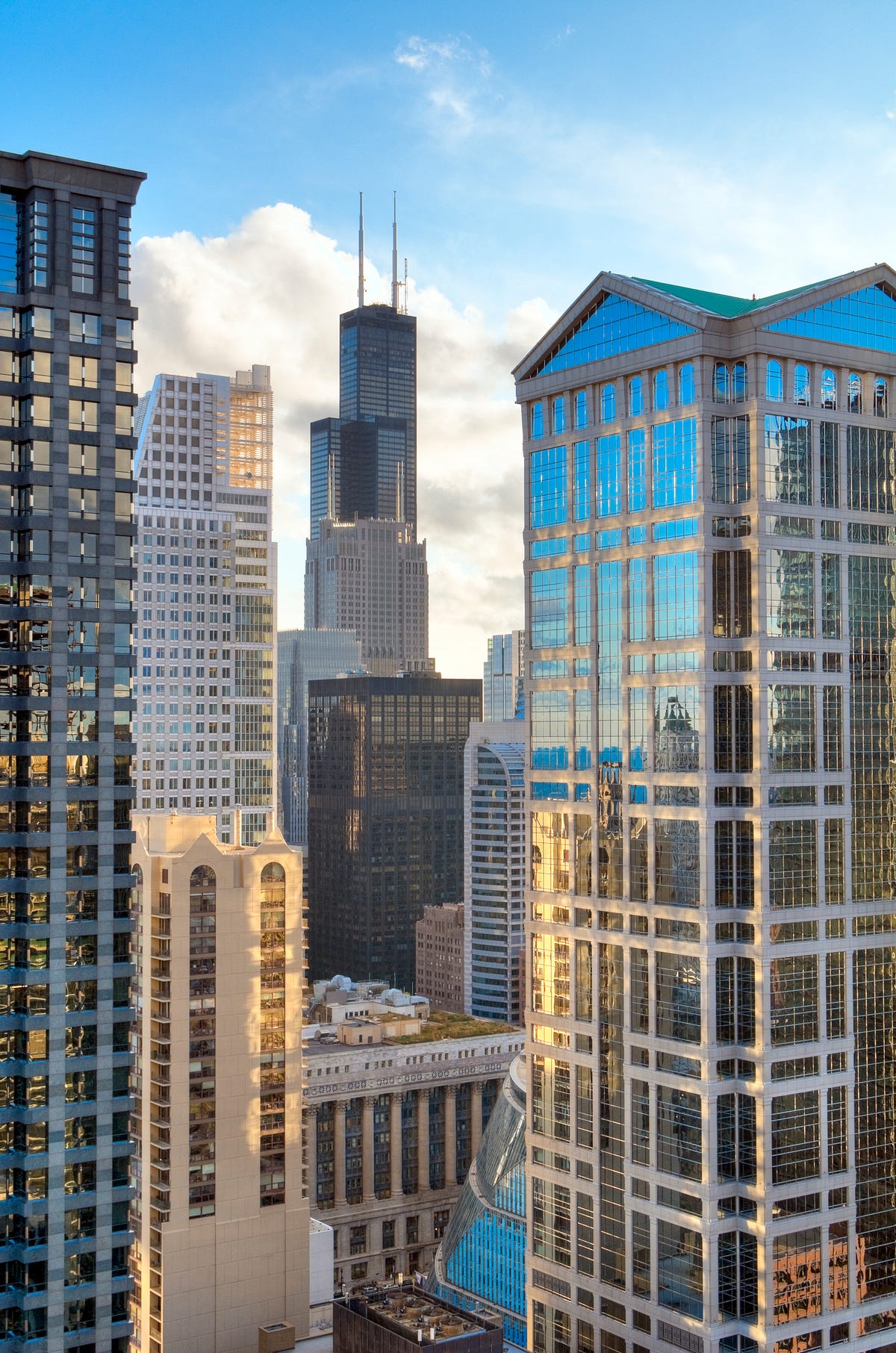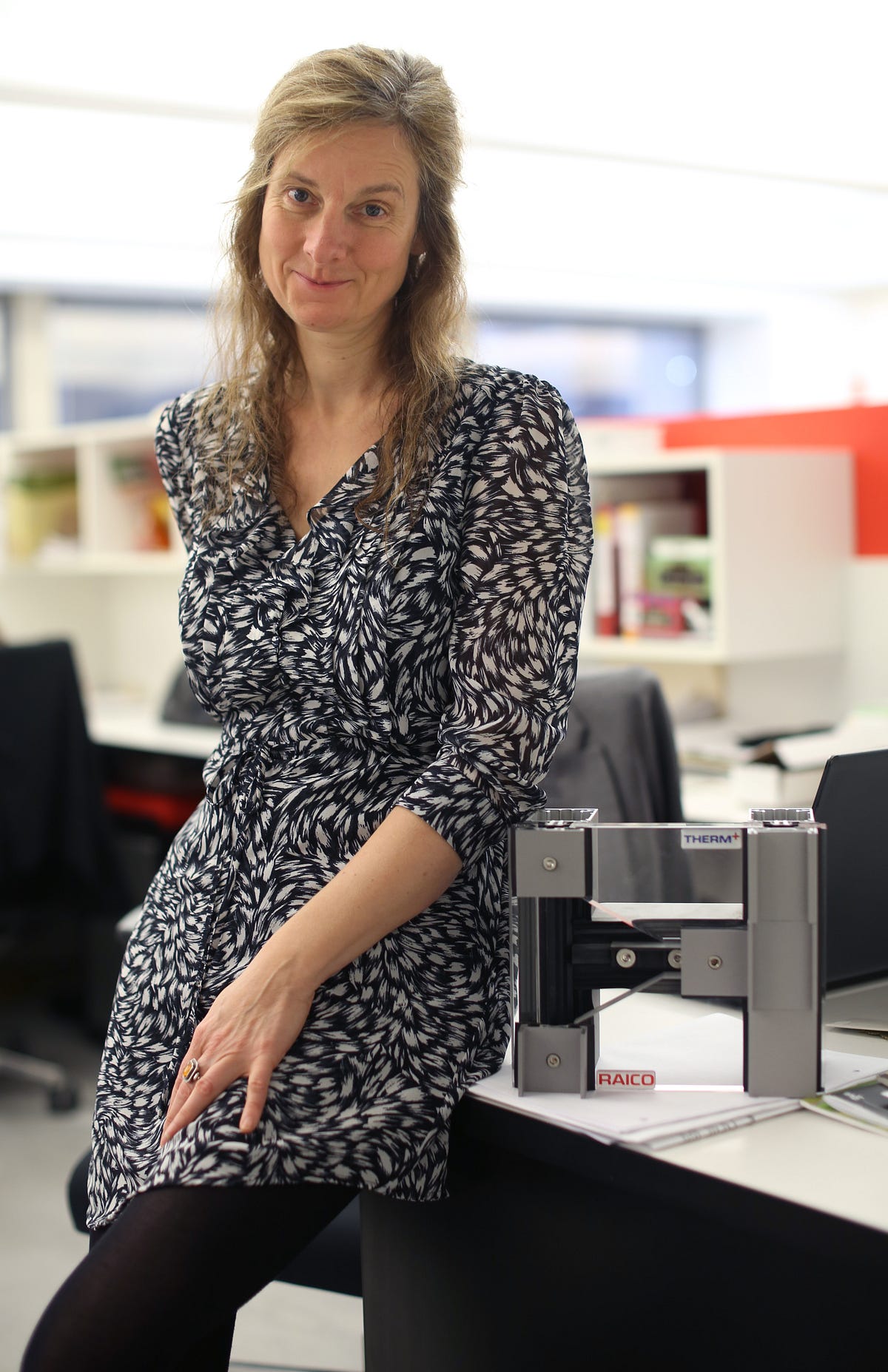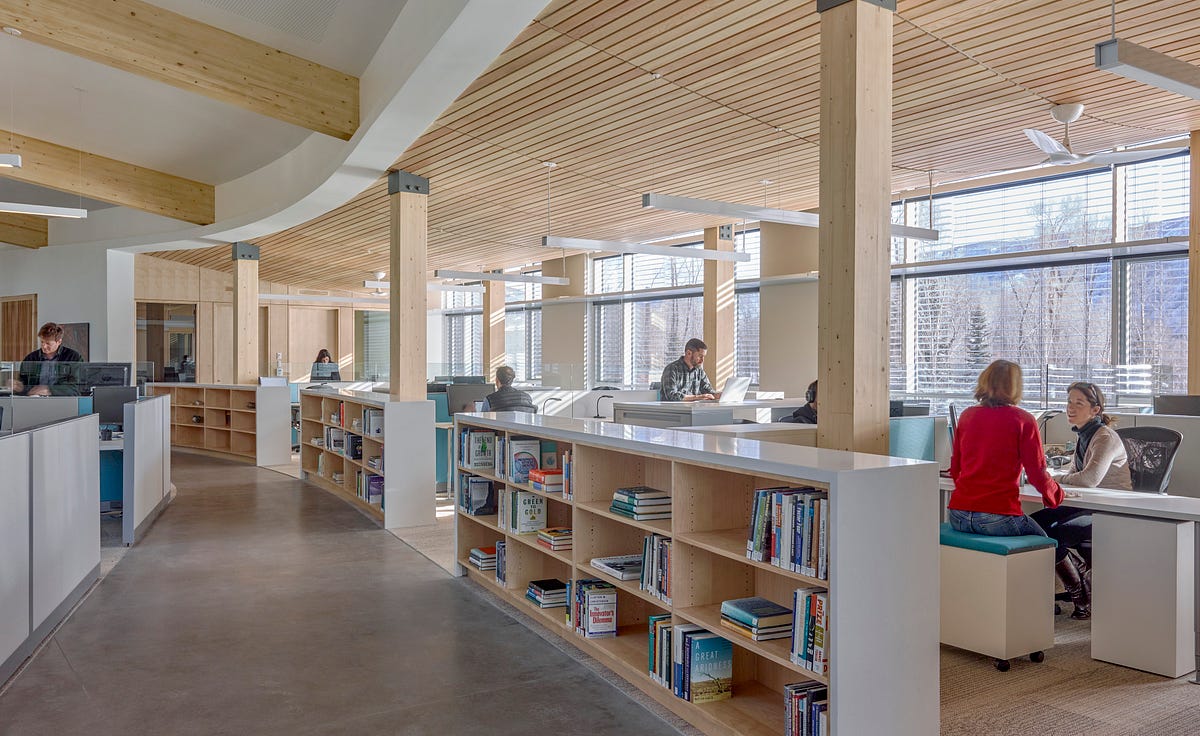CATALYZING EFFICIENT BUILDINGS
RMI

The buildings we spend over 90 percent our lives inside consume more than 40 percent of our total energy, so a clean energy future must be centered in our homes and offices, in our schools and gathering places. Reducing buildings’ demand for energy while generating and storing it nearby is also key to resiliency in the face of storms and floods — like the recent, devastating Hurricane Matthew — which our rapidly warming world dishes out more frequently.
Buildings that perform better save money, have increased value, and, with their cleaner air and natural light, help children grow up healthier and workers be more productive while at work — and take far fewer sick days. But because of a focus on the up-front costs — rather than the benefits — of high-performance buildings, the market alone hasn’t delivered at the rate or scale needed to combat runaway climate change.
With your help, Rocky Mountain Institute is moving markets in the right direction. We’re increasing demand for better buildings by shifting the paradigm of building energy use to focus on value creation. Energy-efficient homes sell for premiums far greater than the costs of retrofits. And although companies sometimes want a faster payback than is offered by the energy savings alone, their healthier, more productive (and not least, happier) workforce will pay off retrofits remarkably.

We’re driving adoption of superefficient and net-zero carbon buildings and districts, streamlining efficiency measures together with renewable supply in communities and in large commercial buildings, and helping homeowners invest in energy upgrades. Working with powerful partners such as real estate developers and investors, portfolio owners, and technology providers, we are working to scale up the solutions we’ve proven.
And speaking of proof points, our new RMI Innovation Center, built with the generous donations of people like you, has set a new standard for beyond net-zero energy design and construction.
Some of what we accomplished in the past year, with your donations:
SPURRING HOME ENERGY MARKETS

Because the market hasn’t fully woken up to the value of home energy efficiency, RMI went to work to move the market. We inserted ourselves into the regulatory process at the Federal Housing Finance Agency to influence the mortgage industry to take into account home energy performance when underwriting mortgages, and we are advising Freddie Mac, the mortgage giant, on a set of long-term recommendations.
We’re also taking our message directly to industry: Our video about the opportunity for home energy upgrades driving change in this market received a 2016 Communicator Award. And we partnered with The Climate Group on its Home2025 project to improve residential energy performance internationally.
But this complicated and dispersed industry is not one we can tackle alone. We are driving impact with a network of partners equally dedicated to transforming the residential industry for America’s homeowners, including PACENation, the National Environmental Education Foundation, Building Performance Institute, and others.
“When I read Reinventing Fire, a lightbulb went on in my head about how critically important it would be for the Building Performance Institute and RMI to collaborate on upgrading the performance of the nation’s 134 million homes in terms of comfort, health, safety, durability, and energy efficiency. This collaboration is truly ‘reinventing’ an industry sector.”
— Larry Zarker, Chief Executive Officer, Building Performance Institute
RETROFIT SOLUTIONS FOR COMMERCIAL REAL ESTATE
RMI took to the pages of the Harvard Business Review to let the commercial real estate industry know that by not investing in efficiency, it was leaving on the table over 75 percent of the positive net present value available to it. Now we are developing a turnkey energy efficiency program for a large portfolio of investor-owned buildings and working with a leading management company to retrofit more than 23 million square feet of large commercial office buildings in its portfolio.
Another way we’re boosting confidence in energy efficiency as a business benefit in commercial real estate is with our work on “measurement and verification 2.0” methods and tools that enable savings to be measured as dynamically as energy consumption. These tools measure energy savings in buildings, and our groundbreaking analysis of their methods is informing more meaningful results. With your support, these energy- and carbon-saving programs will soon be scaled up nationally.

“RMI is driving the conversation around low- energy and net-zero site source buildings. They are embodying the impact they drive through their new Innovation Center, which is a guiding light for the future of the building industry.”
— Katrin Klingenberg, Executive Director, Passive House Institute U.S.
DRIVING LARGE-SCALE NET-ZERO ENERGY PROJECTS
With support from donors like you and the Heinz Foundation, we showed how much whole-systems design can achieve at scale with a 180-acre net-zero energy district in Pittsburgh. The mixed-use development saves money for the developer, owners, and tenants and reduces overall energy by 451 billion Btu, saving more than 60,000 tons of carbon emissions per year compared with the base-case design. This work also showed how integrating energy funding mechanisms into a net-zero energy development can enable it to be cost-neutral in both first cost and life-cycle cost when compared with business as usual — all while creating a community that is more livable, healthy, comfortable, resilient, and environmentally sustainable.
RMI also continued to work with the federal General Services Administration (GSA) — the nation’s biggest landlord — to drive toward ambitious net-zero energy goals, and more than double its energy savings in deep retrofit projects. We achieved a significant milestone with GSA’s National Deep Energy Retrofit program when the administration signed another deep energy retrofit project for four federal buildings in Washington, D.C. This energy savings performance contract, which finances the retrofit from future energy savings in place of up-front spending, will reduce total energy consumption of the buildings by 40 percent, saving the GSA more than $120 million over the 22-year term.
THE RMI INNOVATION CENTER

Thanks to the support of so many generous donors, we’ve reached new heights in superefficient buildings. Opened in December 2015, the RMI Innovation Center is a paragon of integrative and passive design, producing more electricity on site than it uses each year, and is a test bed for energy monitoring, generation, and storage, and next-generation controls.
Our building became the first to achieve both the Passive House Institute U.S.’s PHIUS 2015+ certification and the PHIUS Source Net Zero certification, and it won the Passive House Project Competition for Best Overall Project of 2016.
After nearly a year of occupancy, the RMI Innovation Center is already exceeding our ambitious energy use target: Remarkably, it is one of the most efficient buildings in all climate zones in the U.S.
It has also become a public education center for net-zero energy buildings. Since its opening, we have hosted more than 50 groups, thousands of individuals, and leading professional groups such as the U.S. Green Building Council.
We thank each of the donors who helped bring the RMI Innovation Center to life, including those who contributed $1 million or more: the Argosy Foundation, Dawn Arnall, Adam and Melony Lewis, Mac and Leslie McQuown, Alice and Fred Stanback, Thomas Steyer and Kathryn Taylor, and the Windstar Land Conservancy.







Follow Us!